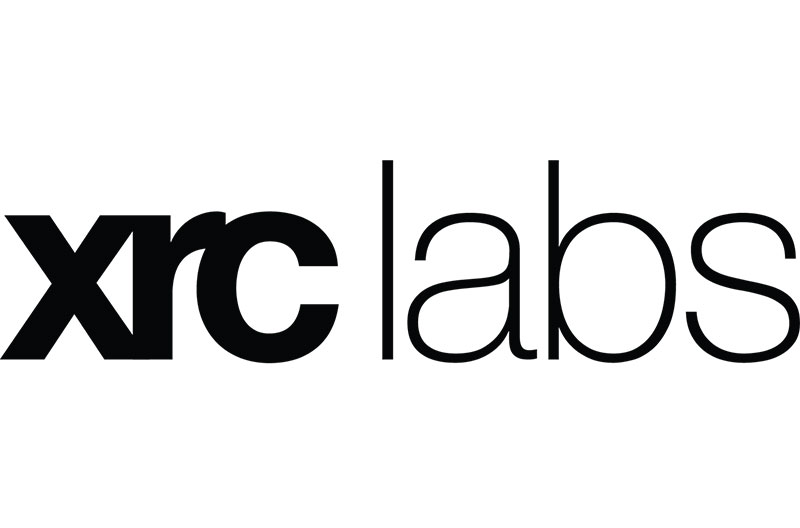XRC Labs – Accelerated Retail and Consumer Labs – is a venture capital firm and accelerator for the next generation of disruptors in the retail technology, consumer goods and consumerization of healthcare sectors.
XRC has three types of funds with different stages and company type priorities, but all are consumer retail related. Al Sambar, general partner, helps manage the technology and capability oriented investments of the firm.
“We have an accelerator for brand-new startups that are really early and just trading their product and maybe just starting to make revenue. Then, as they graduate up and start growing and running in all the retailers…they get follow-on funds,” Sambar said.
Startup companies may apply to XRC Labs, which hosts cohorts in its home of New York City twice a year. The startups can come and attend classes, meet with investors and have other opportunities where XRC Labs can help in the early stages.
The company then has a sourcing team that looks at all the applications, and even scouting companies that didn’t apply, to decide which ones they want to bring into the accelerator. If they are farther along, XRC may invest in them directly in one of the later stage funds.
“We take the point of view that we basically are early-stage investors,” Sambar said. “We’re investing in [companies] that we think probably won’t mature for five to 10 years. When it is mature, we want it to be very disruptive.
“We want to really change the way a consumer shops, a retailer operates. I’m not here to find a slightly better formula for pricing markdowns, I want to invest in something that would radically change how we do things.”
Sambar said he attended Groceryshop 2022 with a shopping list. “I’m looking for in-store technologies, supply chain, new channels and revenue like enterprise AI software. I go and I look for those startups, and they look for us.”
Sambar said in the past, grocery was not a great place for a startup. The COVID-19 pandemic forced grocers to “radically change” and increase their use of technology. “You see a huge amount of startups here that I think if you were to go back three years, you wouldn’t have seen,” he said.
“Maybe this flavor is working or this type of product works in this neighborhood store but doesn’t work in that one. Data should make those decisions and can make those decisions…you’ll see several of our startups are trying to figure out how do I bring data and AI in there that would allow me to figure out how to change product more rapidly and to make it perfect for this particular store.”
Sambar said in addition to data, supply chain is “huge.” He said the actual distribution in the manufacturer-distributor-retailer relationship is also getting reinvented. As an example, he cited a food startup that changes product every two weeks because it is manufacturing on demand.
He said it can’t move through a legacy distributor but can do so through a company such as Pod Foods, which can forecast for retailers how much lift they will get by swapping out one SKU for another one.
“Every little piece is open for reinvention,” he said. “Those old models were built on owning a bunch of warehouses, buying up little distributors, owning trucks and warehouses and everything else. And essentially Pod Foods is a data platform that makes that data available to the brands and to the buyers. It then makes all that product flow through – it’s essentially an inventory placement service, the old Amazon IPS platform, but for groceries. It’s that kind of model.”
Sambar said Pod Foods is connected to hundreds of warehouses around the country. It doesn’t own them, but it uses the capacity of those warehouses and their delivery fleets. It allows the brands “to put as little as a pallet in there and the shipment to be a case to a store.”
That company grew quickly during COVID, as it could see the demand by neighborhood, by products, “which is super useful to the brands and obviously very useful to the retailer, who is trying to figure out what new products to add to the shelf,” Sambar said. “These new distribution models are great for both sides.”

